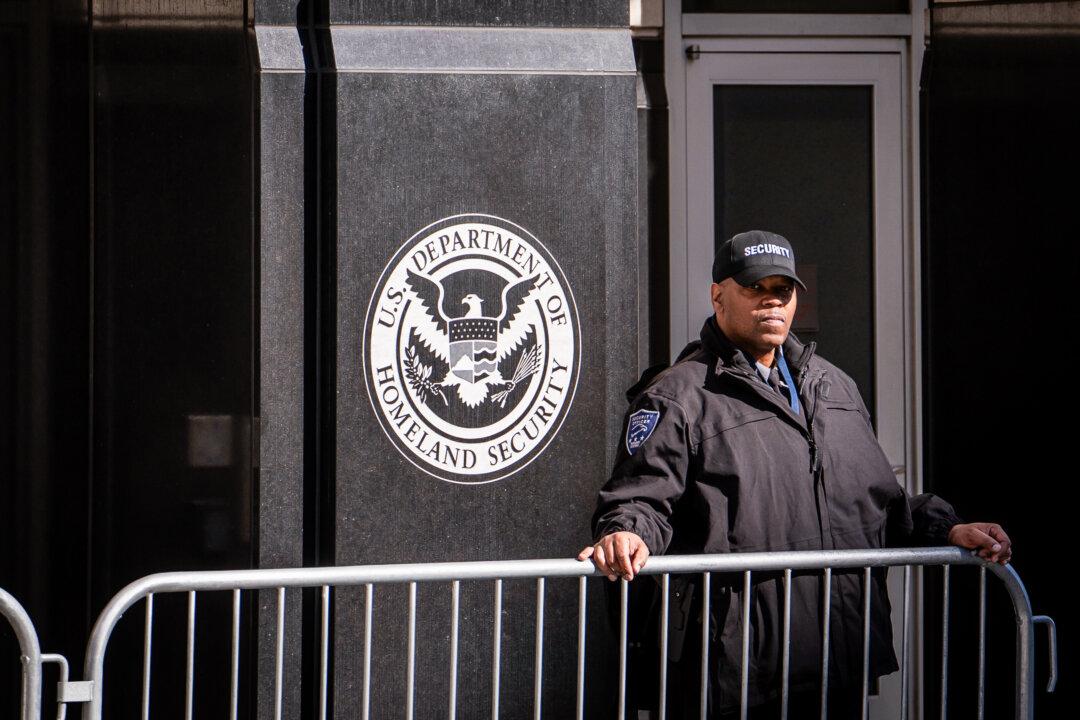The Biden administration on Wednesday proposed a new rule that would require nearly all passenger vehicles and light trucks to have automatic emergency brakes (AEB) before they are allowed on American roads.
The National Highway Traffic Safety Administration (NHTSA), which oversees safety standards for automakers in the United States, said the proposed rule would “dramatically” reduce the number of crashes with pedestrians and rear-end collisions.





